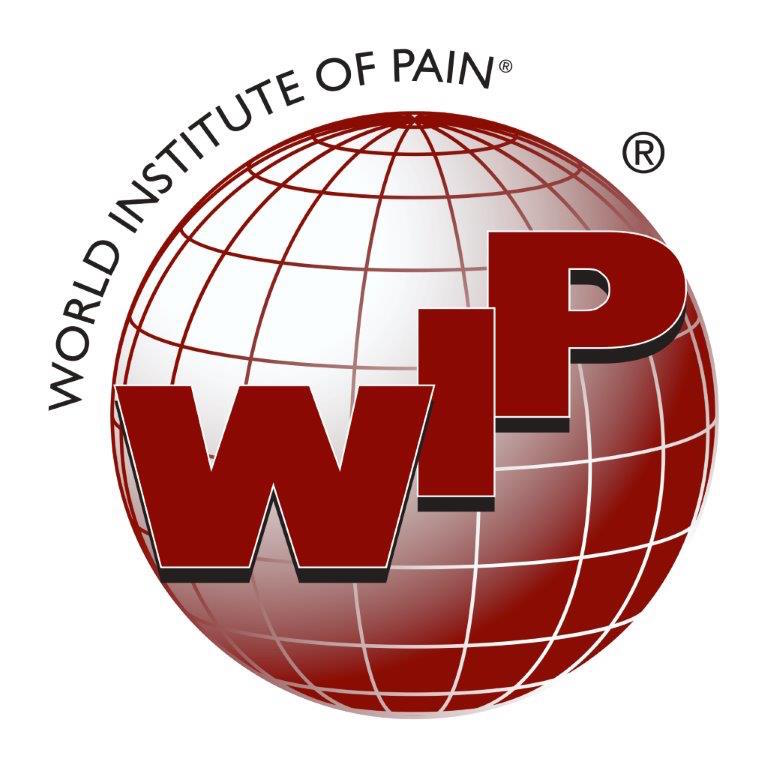The Best Lifestyle Changes to Reduce Inflammation and Chronic Pain
June 23, 2025
Living with chronic pain and inflammation can be overwhelming. Whether it’s arthritis, fibromyalgia, or an autoimmune condition, inflammation is often at the core of the discomfort. While medication and medical treatments play a role in managing symptoms, lifestyle changes are increasingly recognized as powerful tools for reducing inflammation and improving quality of life.
Let’s dive into the best lifestyle adjustments that can help ease chronic pain and calm systemic inflammation.
Lifestyle Changes to Reduce Inflammation and Chronic Pain
1. Adopt an Anti-Inflammatory Diet
Diet is one of the most influential lifestyle factors when it comes to inflammation. Certain foods trigger an immune response, while others help reduce it.
Foods to Embrace:
- Fatty fish like salmon, sardines, and mackerel are high in omega-3 fatty acids, which have anti-inflammatory properties.
- Berries, leafy greens, and cruciferous vegetables like broccoli and Brussels sprouts are loaded with antioxidants.
- Whole grains (like quinoa, brown rice, and oats) support gut health and reduce inflammatory markers.
- Olive oil and avocados are excellent sources of healthy fats.
- Turmeric (especially with black pepper) and ginger are potent natural anti-inflammatory agents.
Foods to Avoid:
- Refined sugars and carbohydrates
- Processed meats
- Trans fats and excessive saturated fats
- Soda and other sugary beverages
Switching to a whole-food, plant-forward diet can significantly reduce chronic inflammation over time.
2. Move Your Body — But Gently
Regular movement is essential for managing pain and reducing inflammation, but it’s important to find the right balance.
Best Types of Exercise:
- Low-impact cardio, such as walking, swimming, and cycling, improves circulation and reduces stiffness.
- Yoga and tai chi enhance flexibility, balance, and stress reduction.
- Strength training supports joint health and muscle strength, which can help reduce strain on painful areas.
Key Tip:
Start slow and listen to your body. Even just 10–15 minutes a day of gentle movement can have a cumulative effect.
3. Get Quality Sleep
Lack of sleep contributes to elevated inflammatory markers like C-reactive protein (CRP). Sleep deprivation also heightens pain sensitivity and makes it harder for the body to heal.
Tips for Better Sleep:
- Maintain a consistent sleep schedule
- Limit screen time at least one hour before bed
- Avoid caffeine in the afternoon and evening
- Create a dark, cool, and quiet sleep environment
- Consider relaxing rituals like meditation or reading
Sleep is not just rest; it’s a biological necessity for healing and regeneration.
4. Manage Stress Effectively
Chronic stress activates the body’s “fight or flight” response, keeping cortisol levels high. Over time, this fuels inflammation and pain flare-ups.
Stress-Reduction Strategies:
- Mindfulness meditation: Even five minutes a day can lower stress hormones.
- Breathwork: Deep breathing helps calm the nervous system.
- Journaling: Writing down thoughts and feelings can release mental tension.
- Nature exposure: Time spent in green spaces reduces stress markers and improves mood.
Regular stress management isn’t a luxury—it’s a form of inflammation control.
5. Limit Alcohol and Quit Smoking
Both alcohol and tobacco are inflammatory agents. While occasional alcohol may not pose a major problem, chronic use can compromise immune function and liver detoxification, leading to higher inflammation.
Why It Matters:
- Smoking contributes to oxidative stress and damages tissue, which worsens pain.
- Alcohol can disrupt sleep and increase gut permeability (“leaky gut”), a contributor to systemic inflammation.
If quitting is challenging, seek support groups or medical help. The benefits to your pain levels and long-term health are profound.
6. Stay Hydrated
Hydration is often overlooked, but it plays a critical role in reducing inflammation. Water helps flush toxins, transport nutrients, and keep joints lubricated.
Tips for Better Hydration:
- Aim for at least 8 cups (2 liters) per day, more if you’re active or live in a hot climate.
- Infuse water with citrus, cucumber, or mint to make it more appealing.
- Limit dehydrating beverages like coffee and soda.
Even mild dehydration can increase inflammation and exacerbate pain symptoms.
7. Support Your Gut Health
The gut and immune system are deeply interconnected. An imbalanced gut microbiome (dysbiosis) can trigger inflammation throughout the body.
Ways to Improve Gut Health:
- Eat fiber-rich foods like legumes, fruits, and vegetables.
- Include fermented foods like yogurt, kefir, kimchi, or sauerkraut.
- Consider a high-quality probiotic supplement after consulting your doctor.
- Avoid unnecessary antibiotics and artificial sweeteners.
A healthy gut reduces systemic inflammation, improves nutrient absorption, and can even improve mood and cognitive clarity.
8. Maintain a Healthy Weight
Excess body fat, particularly visceral fat around the abdomen, produces inflammatory cytokines. Losing even a small amount of weight can lower inflammation levels and reduce pressure on painful joints.
Strategies:
- Focus on consistency rather than extreme diets.
- Combine balanced eating with manageable physical activity.
- Track progress with non-scale victories, like increased energy or reduced stiffness.
Even a 5–10% reduction in body weight can have a big impact on inflammation and pain relief.
9. Reduce Environmental Toxins
Environmental toxins such as pesticides, heavy metals, and household chemicals can contribute to inflammation.
Steps to Detox Your Environment:
- Choose natural or fragrance-free cleaning products.
- Use glass or stainless-steel containers instead of plastic.
- Eat organic when possible, especially for produce on the “Dirty Dozen” list.
- Filter your water and limit exposure to air pollutants.
Minimizing your toxic load helps your immune system stay balanced and reduces chronic inflammation over time.
10. Build a Supportive Community
Chronic pain can be isolating. Social support not only boosts emotional well-being, but studies show it can directly impact physical health and lower inflammation levels.
How to Cultivate Support:
- Join a chronic pain or wellness support group, in person or online.
- Share your journey with friends and family who are open and supportive.
- Consider working with a health professional for guidance and motivation.
Feeling heard, understood, and connected is healing in itself.
Final Thoughts
While there is no one-size-fits-all cure for chronic pain and inflammation, lifestyle changes offer a powerful, sustainable path to relief. The key is to start small and build habits gradually. Whether it’s eating a colorful salad, taking a morning walk, or meditating for five minutes, every positive change adds up.
Consistency and patience are your allies. Over time, these changes can reduce flare-ups, improve function, and help you feel more in control of your health. Chronic pain may be part of your story, but it doesn’t have to define your life.
Call to Action:
Ready to begin your journey toward less inflammation and more vitality? Start with one or two lifestyle changes that resonate with you most. Keep a journal to track how you feel. And remember—you’re not alone, and healing is possible.







